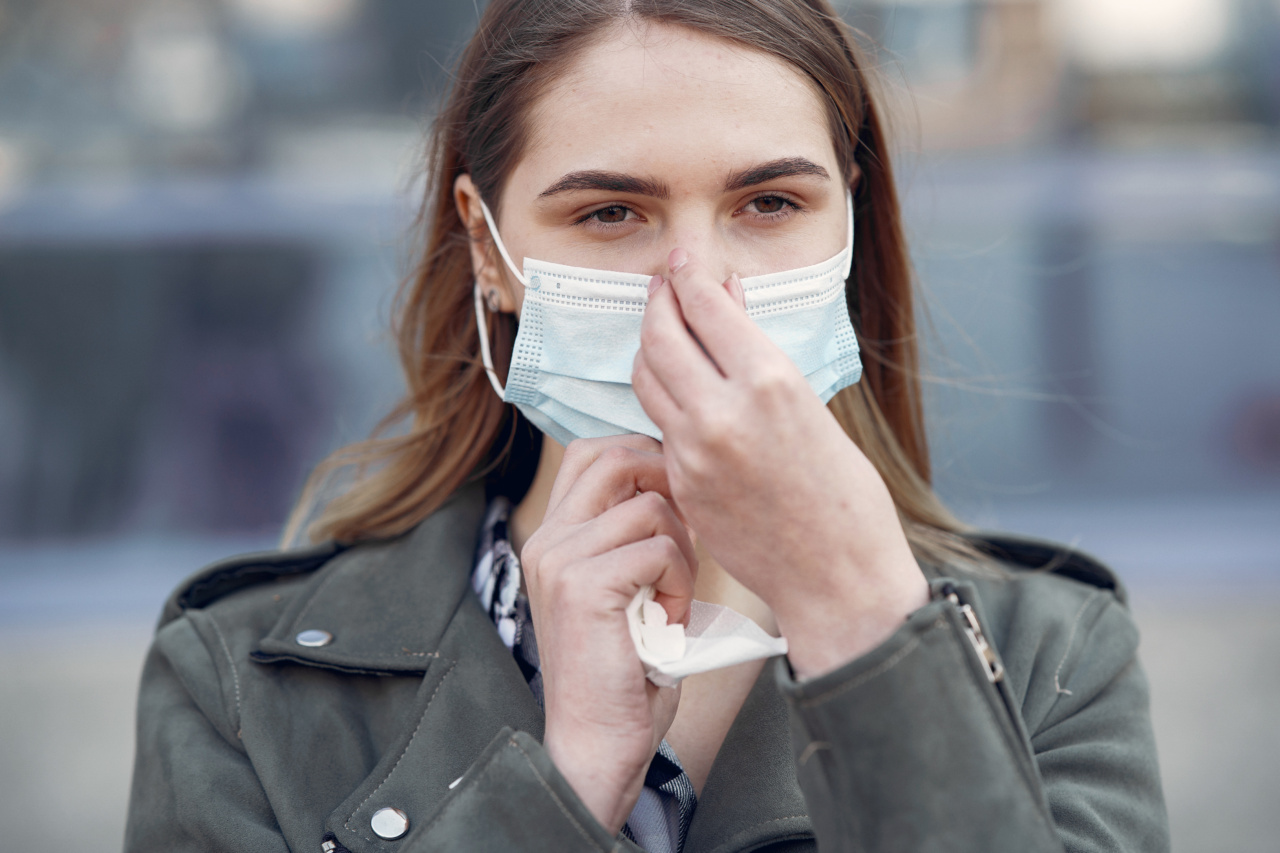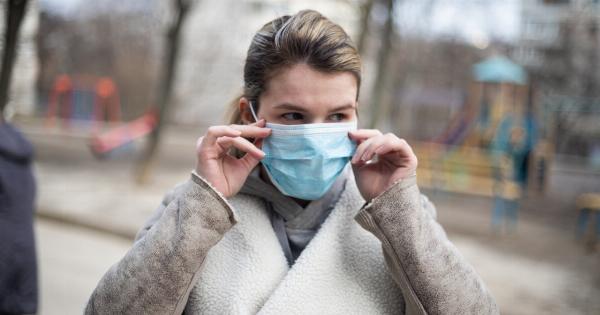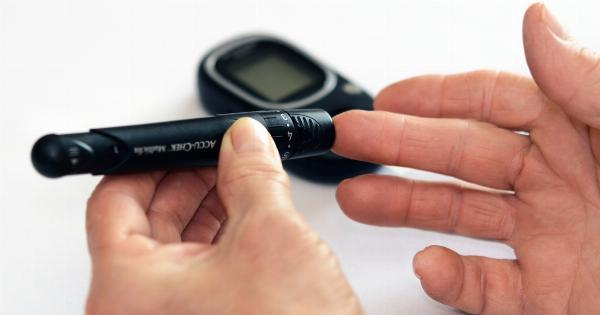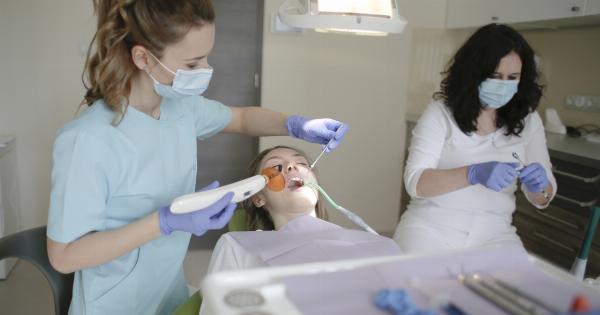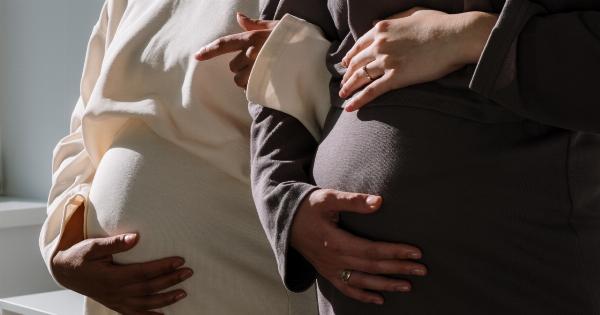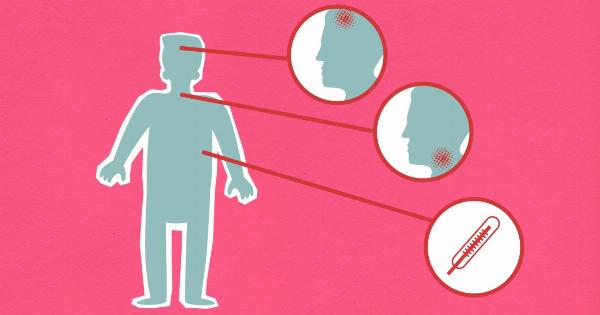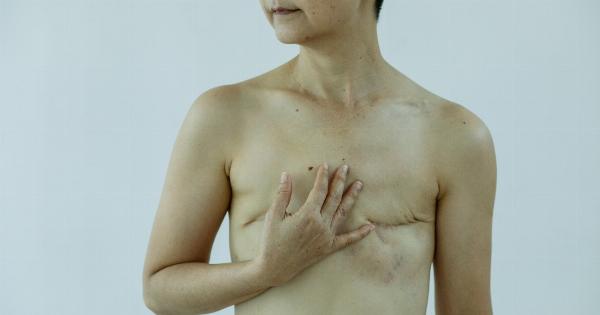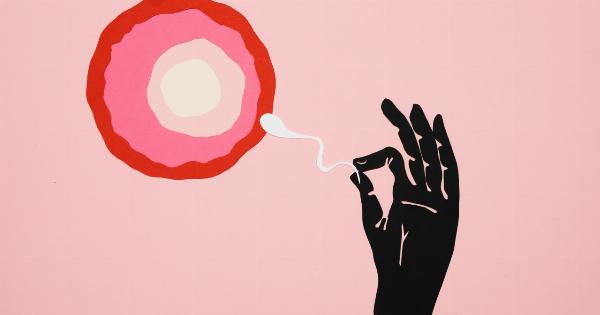As the winter months approach, people start to become more susceptible to colds and the flu. Both illnesses have similar symptoms and can even occur at the same time, which can lead to a dual diagnosis.
In this article, we will discuss the differences between influenza and colds, their symptoms, and how to prevent or treat them.
Influenza
Influenza, commonly known as the flu, is a respiratory illness caused by the influenza virus. The virus can spread through the air when someone with the flu coughs, sneezes, or talks.
It can also spread by touching a surface contaminated with the virus and then touching your mouth or nose.
Symptoms of influenza include:.
- Fever
- Cough
- Sore throat
- Runny or stuffy nose
- Muscle or body aches
- Headaches
- Fatigue
Symptoms usually appear suddenly and can be severe. Influenza can lead to complications such as pneumonia, ear infections, sinus infections, and dehydration.
It can be especially dangerous for young children, the elderly, and people with weakened immune systems.
Colds
The common cold is also a respiratory illness, but it is caused by a different virus than the flu. Like the flu, the common cold can spread through the air or by touching a contaminated surface.
Symptoms of a cold include:.
- Runny or stuffy nose
- Sore throat
- Cough
- Sneezing
- Muscle aches
- Headache
Cold symptoms usually develop gradually and are milder than flu symptoms. Most people recover from a cold within a week or two, but it can lead to complications such as sinus infections, ear infections, and asthma attacks.
Dual Diagnosis
It is possible to have both the flu and a cold at the same time. This is known as a dual diagnosis. Symptoms of a dual diagnosis may include:.
- Congestion
- Coughing
- Sneezing
- Sore throat
- Fatigue
- Headache
- Fever
A dual diagnosis can be more difficult to treat than either illness alone. It is important to stay hydrated and rest if you have a dual diagnosis.
Over-the-counter medications may be helpful for symptom relief, but it is important to talk to a doctor before taking any medications.
Prevention
The best way to prevent getting sick from the flu or a cold is to practice good hygiene. This includes:.
- Washing your hands frequently with soap and water
- Avoiding close contact with people who are sick
- Covering your mouth and nose when coughing or sneezing
- Disinfecting commonly touched surfaces
- Avoiding touching your face
- Getting vaccinated for the flu
The flu vaccine is recommended for everyone over the age of six months. It is especially important for young children, the elderly, and people with weakened immune systems.
The flu vaccine may not prevent all cases of the flu, but it can reduce the severity and duration of the illness.
Treatment
If you do get sick with the flu or a cold, there are several things you can do to relieve symptoms:.
- Stay hydrated by drinking water or other fluids
- Rest and get plenty of sleep
- Use over-the-counter medications for symptom relief
- Stay home from work or school to avoid spreading the illness
If you have a high fever, difficulty breathing, chest pain, or other severe symptoms, it is important to seek medical attention. In some cases, antiviral medications may be prescribed to treat the flu.
Conclusion
Influenza and colds are both respiratory illnesses that can cause similar symptoms. It is possible to have both at the same time, which can make treatment more difficult.
The best way to prevent getting sick is to practice good hygiene and get vaccinated for the flu. If you do get sick, rest and symptom relief can help you feel better.
